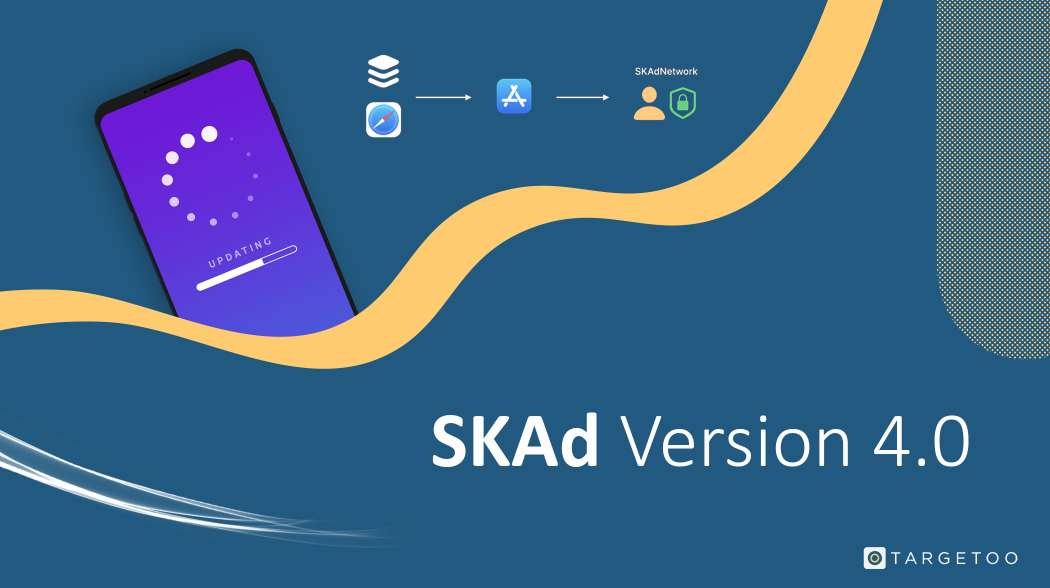In WWDC 2022, SKAd version 4.0 was announced. Apple has listened to developer feedback and added some new features to give advertisers more data. We've gathered all of these updates and will begin planning how to improve and adapt our current solution, SKAd Flexible Mapping so that we're ready when the new version is released. One positive change is that Apple now sends masked attribution data to DSPs and Networks when the number of installs is low in order to protect user privacy. This is known as Crowd Anonymity. Apple's level of granularity is determined by the number of installs. Less installs reduce the amount of trackable data available. And, because it is more difficult to identify individual users with more installs, Apple can send more information.
What has changed between SKAd 3.0 and SKAd 4.0?
These initial changes were made in order to provide more data to advertisers. It is well known that SKAd in its current form was an impediment to attribution and optimization, and from what we can tell, the 4.0 version is attempting to address this. The campaign ID field has been renamed source identifier. The number has grown from two to four digits. Depending on the privacy level of the installation, different parts of the source identifier will be returned. So, in order to receive the third and fourth digits of the source identifier, we must first meet a certain level of privacy. Essentially, campaign ID availability scales with ad spend.
Conversion value with fewer privacy restrictions:
The conversion value has also been updated, and it is now divided into two types. There are coarse-grained and fine-grained values. The latter is the same as it was in previous versions of SKAd, being a 6-bit value (64 different combinations). There are three coarse-grained values: low, medium, and high. Fine-grained conversion values are received at a much lower granularity level than coarse-grained conversion values. Similar to the source identifier, the volume of installs will determine whether we receive no information, the simpler coarse-grained value, or the conversion value we previously had.
Several postbacks:
Another new feature is related to the conversion windows for postbacks. We couldn't measure engagement with previous SKAd versions because we only received one postback. To mitigate this effect, this new version will have three postbacks instead of one, with each postback having a defined window for when it can be triggered. The time frames are as follows: 0-2 days, 3-7 days, and 8-35 days. Advertisers could then receive, for example, the first window's buy and the other windows' buy or level progressions. Only the first postback will contain the fine-grained conversion value; the subsequent postbacks will only contain the coarse-grained conversion value.
Web-to-app integration:
The final and most anticipated update is related to the web. The SKAd Network will be prepared to attribute web traffic. When the links redirect to the App Store product page for the advertised ad, first-party sites and embedded cross-site iframes will be able to begin attributing SKAd installs. This will be a fantastic opportunity for advertisers using Targetoo to take advantage of its mobile web ad capabilities.
These are all exciting updates, especially since Apple has been improving SKAd in each version. SKAd version 4.0 is expected to launch with iOS 16 at the end of this year. Targetoo has already begun work on adapting our current solutions to the new version.
If you want to learn more about Targetoo's SKAd Optimization solution, please contact us, and don't forget to look at:
The SKAdNetwork App Growth Roadmap
On SKAd Network, SoundCloud beat its CPI goal by 53%

